Animals are incredible problem-solvers.

Over millions of years, they’ve developed extraordinary adaptations that allow them to survive and often thrive in some of the harshest, most unpredictable environments on Earth. Whether it’s bitter cold, scorching heat, deep ocean pressure, high altitudes, or dense jungle camouflage, animals have come up with astonishing solutions to the challenges of their surroundings. Evolution doesn’t favour the fastest or strongest, necessarily—it favours those who can adapt.
These adaptations aren’t just physical. Many species have developed behavioural, biological, and even social tools that give them a survival edge. Some change colour to blend in. Others produce antifreeze proteins, survive months without food, or navigate across entire continents using the stars or Earth’s magnetic field. From shrinking their own organs to using their bodies as tools, here are some of the most extraordinary ways animals adapt to their environment.
1. Arctic foxes grow seasonal coats.
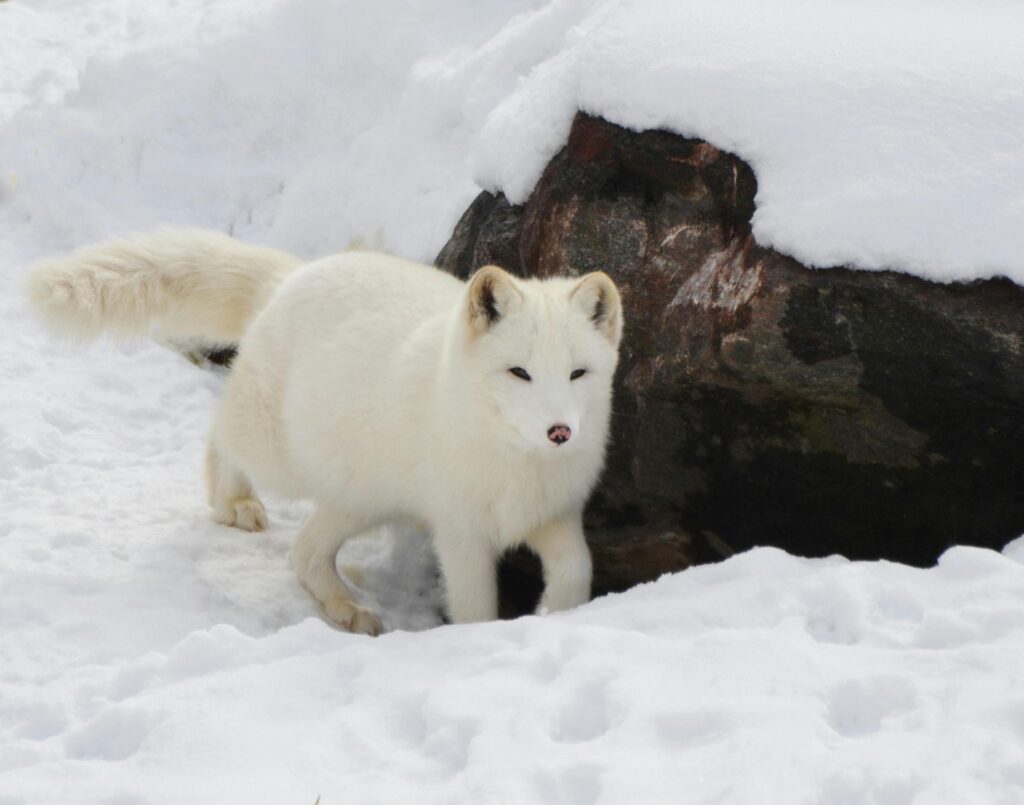
In the frozen Arctic tundra, staying warm and hidden is a matter of life and death. Arctic foxes have evolved a thick white coat in winter to insulate against sub-zero temperatures and blend in with the snow. When the seasons change, they shed this coat for a thinner brown-grey version that camouflages them among summer rocks and vegetation. Their paws are also fur-covered to help grip ice and stay warm, and they can reduce their metabolic rate to conserve energy when food is scarce.
2. Camels recycle water and withstand scorching heat.
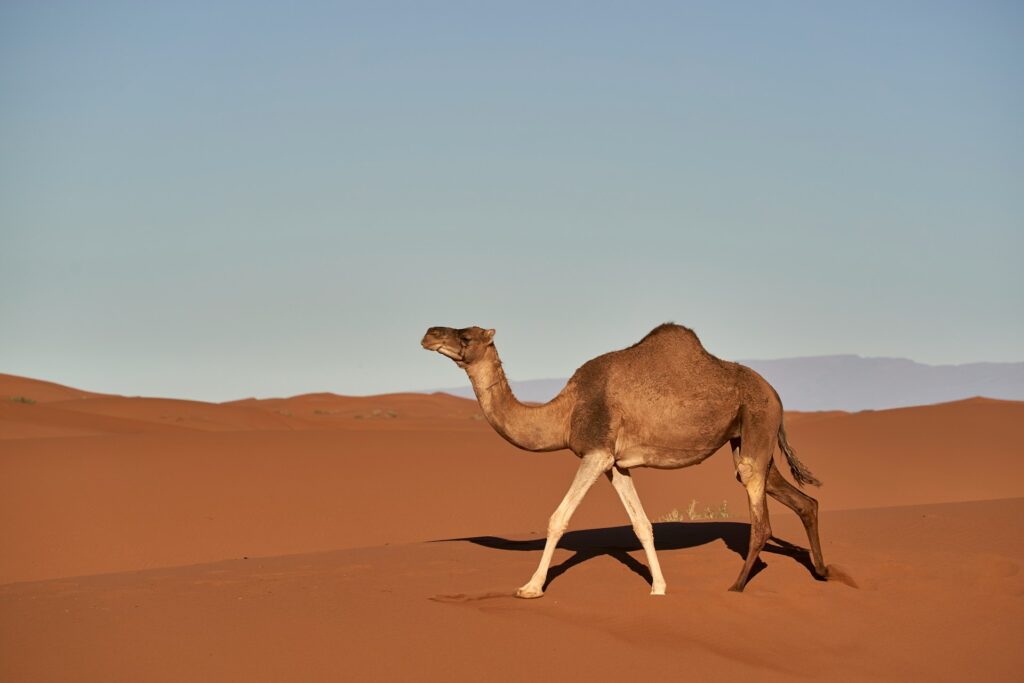
Camels are the undisputed champions of the desert. While their humps store fat, not water, they have a suite of adaptations that make them desert-ready. They can lose over 25% of their body’s water without fatal consequences and go for weeks without drinking. Their blood cells are oval-shaped, allowing better flow when dehydrated, and their kidneys are so efficient that their urine is extremely concentrated. Long eyelashes, closable nostrils, and thick lips help protect against sand and heat.
3. Wood frogs freeze solid in winter.

Imagine surviving winter by freezing solid. Wood frogs in North America do just that. They stop breathing, their hearts stop beating, and ice forms in their bodies. A special glucose-based antifreeze floods their cells, protecting them from bursting. When spring arrives, they thaw out, revive, and carry on as if nothing happened. It’s one of the most extreme, and successful, survival strategies found in any vertebrate.
4. Giraffes have pressure-regulating valves.
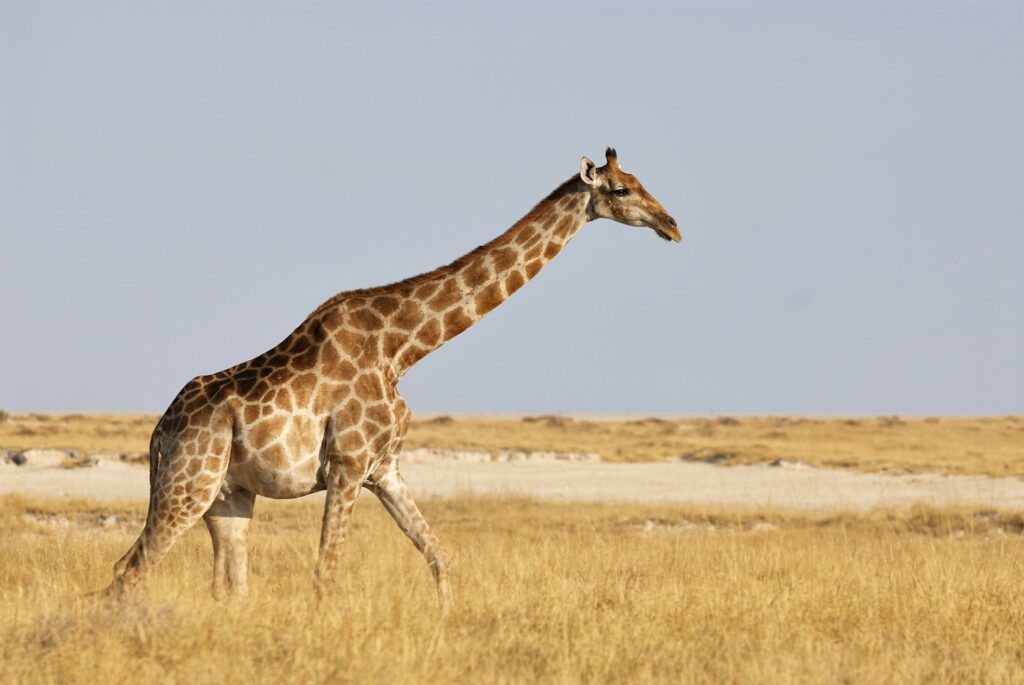
Standing tall has its challenges. Giraffes, reaching heights of over five metres, have developed complex cardiovascular systems to pump blood up their long necks. Their heart is supercharged to create high blood pressure, but specialised valves prevent it from surging dangerously when they lower their heads to drink. Tight skin on their legs acts like a compression garment to stop blood pooling. Without these, they’d risk blacking out every time they bent down.
5. Octopuses mimic other animals and environments.

Octopuses are marine masters of disguise. They can change their skin texture and colour almost instantly to mimic coral, rocks, or other creatures. The mimic octopus takes this further, impersonating venomous species like lionfish and sea snakes to deter predators. With nine brains (one central and one in each arm), octopuses also show remarkable problem-solving and learning abilities, making them one of the ocean’s most adaptable and intelligent creatures.
6. Kangaroo rats survive without drinking water.
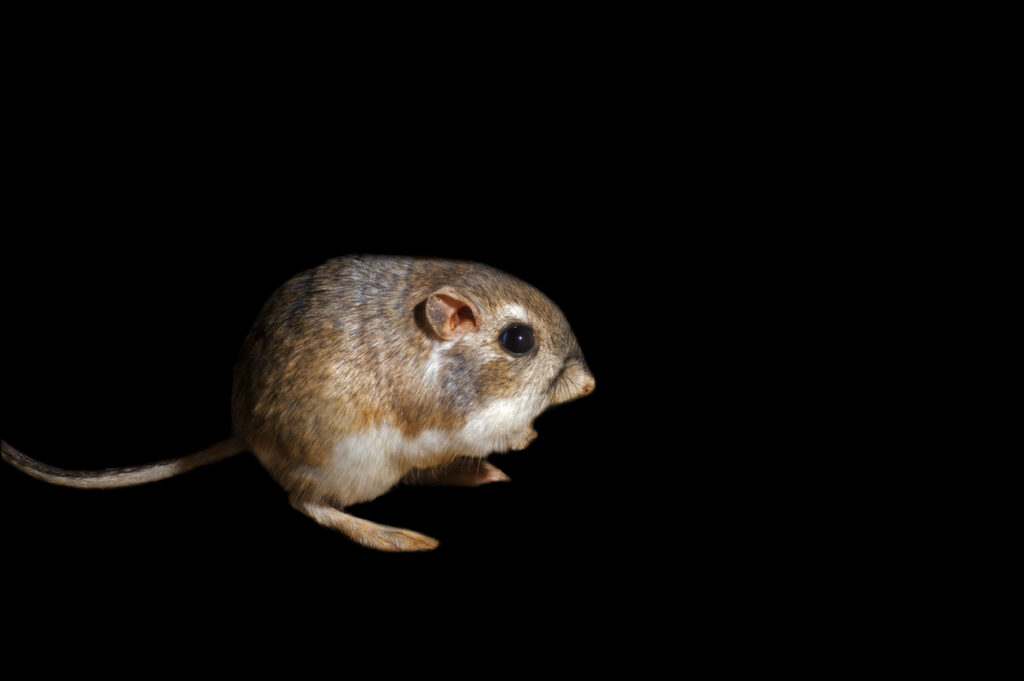
Kangaroo rats live in some of the driest environments in North America. They get all the moisture they need from the seeds they consume, and have evolved incredibly efficient kidneys that produce urine more concentrated than syrup. Their nasal passages also recapture moisture from exhaled air, and they live underground to avoid the desert’s brutal heat. They rarely venture out during the day, instead being most active at night.
7. Leafcutter ants farm their own food.

In the tropical rainforests of Central and South America, leafcutter ants have mastered agriculture. They cut and carry leaf fragments back to their underground nests—not to eat, but to feed a specific fungus they cultivate. This fungus is their actual food source. They meticulously tend their crops, remove contaminants, and even produce antimicrobial compounds to protect their harvest. It’s one of the most complex examples of non-human farming.
8. Sloths grow algae in their fur.
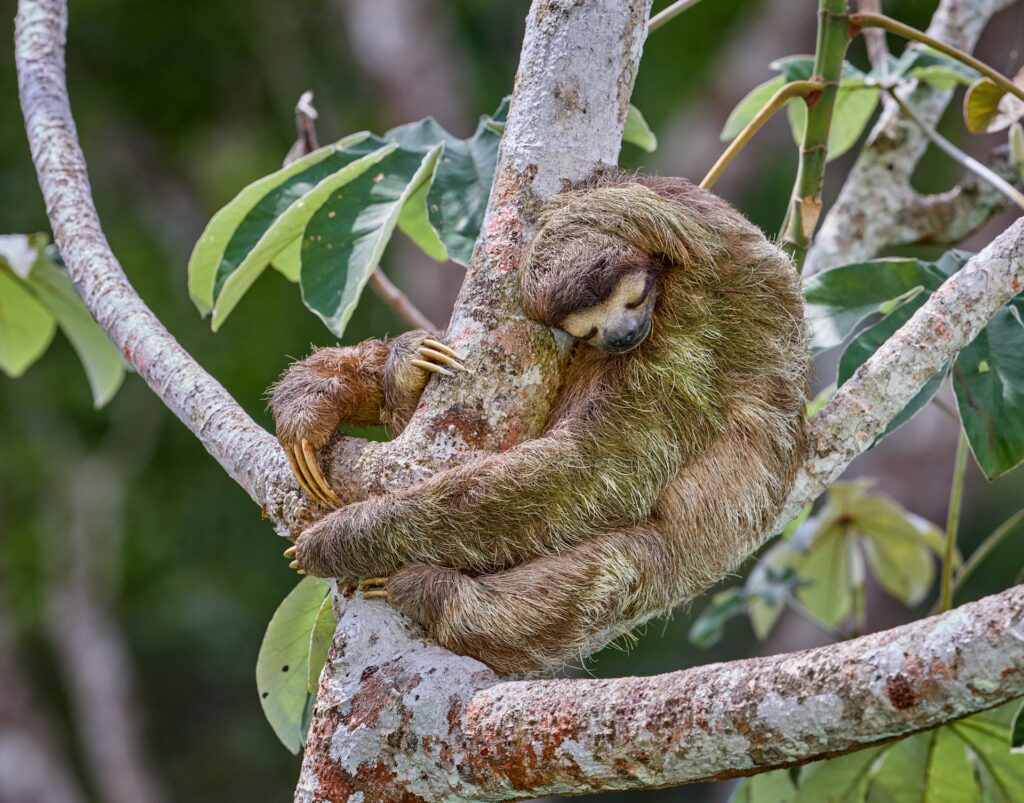
Sloths are slow for a reason: it helps conserve energy. However, this sluggishness has another side effect: it gives algae time to grow in their thick fur. This mutualistic relationship benefits both parties. The algae help camouflage the sloth in the canopy and may even provide nutrients when the sloth grooms. Their fur also supports moths and beetles, creating a miniature ecosystem all its own.
9. Penguins use huddling physics to survive.

Antarctica’s emperor penguins survive -60 °C winds by huddling in groups of thousands. This huddle isn’t chaotic—it’s a coordinated movement. Penguins on the outer edge gradually rotate inward, while those in the centre move out to give everyone equal access to warmth. Their feathers are also tightly packed and coated in oil to repel water and wind. This strategy allows them to incubate eggs and raise chicks through the coldest months.
10. Pistol shrimp create underwater shockwaves.
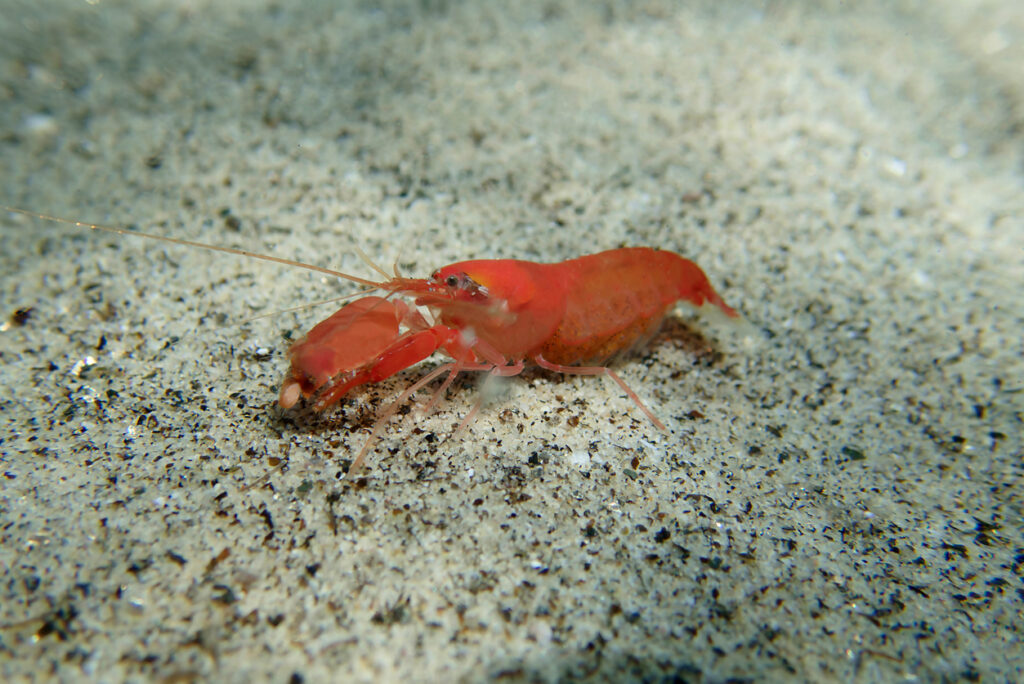
The pistol shrimp, also called the snapping shrimp, has a claw that shuts so rapidly it creates a cavitation bubble. When this bubble collapses, it generates a shockwave and a burst of light, reaching temperatures close to the surface of the sun. This sonic blast stuns or kills prey instantly. It’s a jaw-dropping example of adaptation through physics and precision.
11. Elephants detect vibrations through their feet.
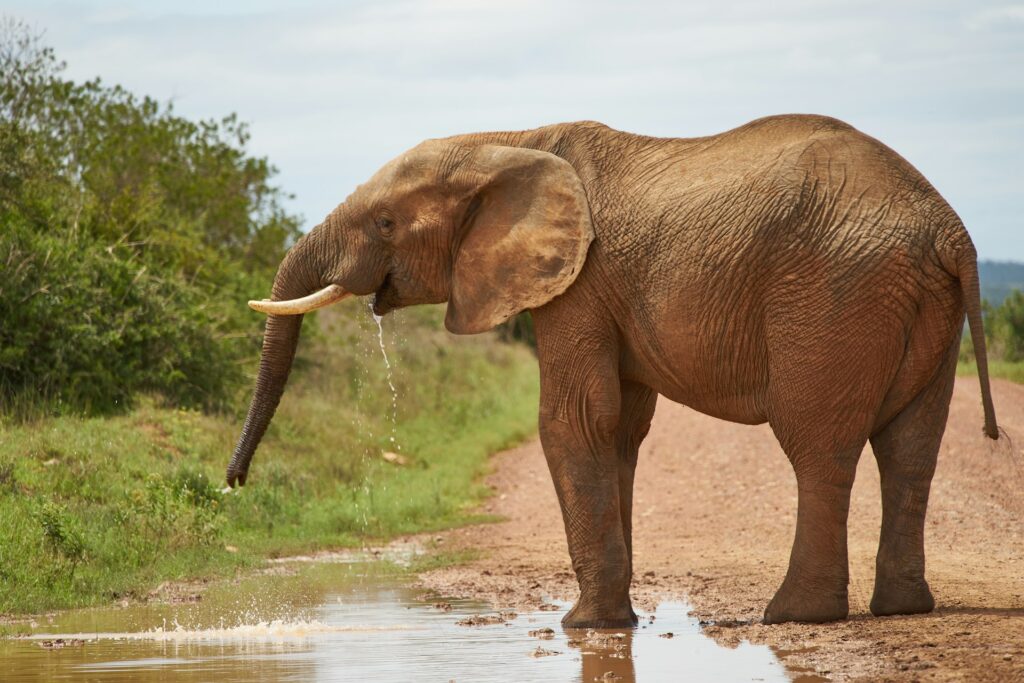
Elephants communicate using low-frequency sounds (infrasound) that can travel dozens of kilometres. But what’s truly remarkable is how they also detect these vibrations through sensitive receptors in their feet and trunks. This allows them to ‘hear’ distant herds, sense approaching storms, or pick up on human activity. It plays a crucial role in their social and migratory behaviours.
12. Tree frogs time their hatching to escape predators.
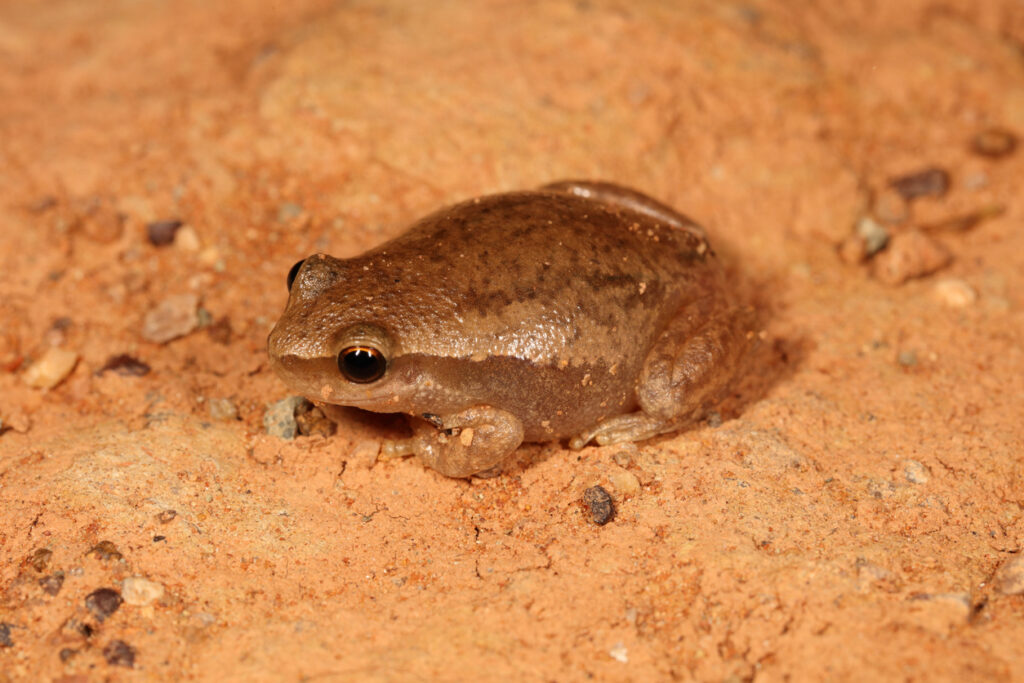
Some tree frogs lay their eggs on leaves above water. When those eggs sense vibrations, like an approaching snake or wasp, the embryos can speed up their development and hatch early, dropping into the water to escape. This real-time response to external threats is a rare example of adaptive behaviour during embryonic development.
13. Bar-headed geese thrive at extreme altitudes.
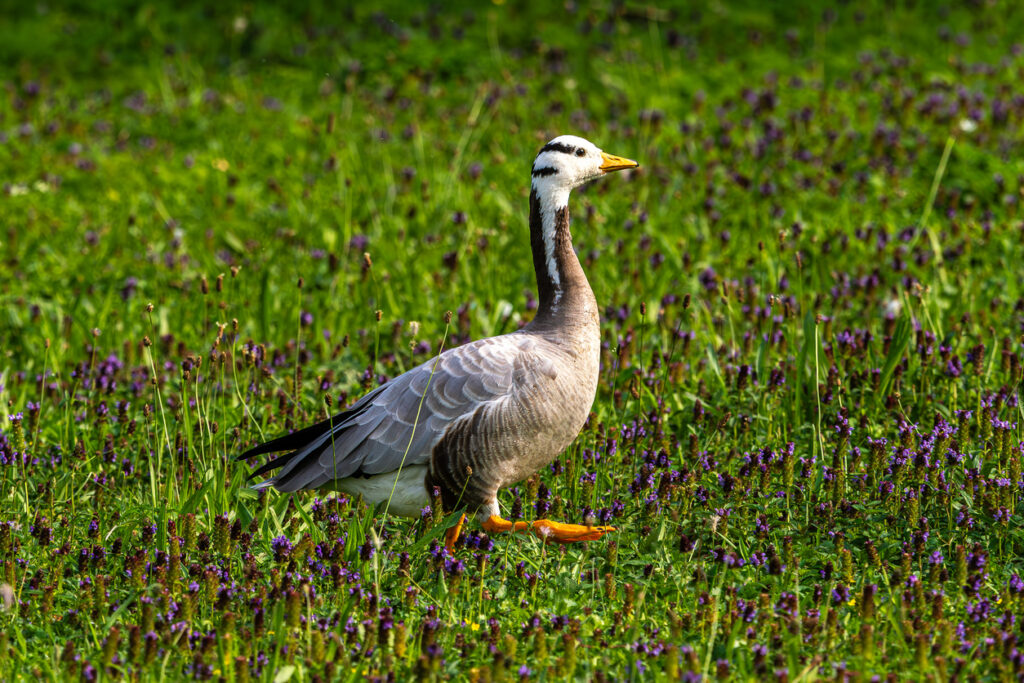
Flying over the Himalayas isn’t easy, but bar-headed geese do it every year. Their haemoglobin binds oxygen more efficiently than that of other birds, allowing them to survive in low-oxygen environments. They also have larger lungs, more capillaries in their muscles, and a highly efficient respiratory system that supports flight at 9,000 metres, where even helicopters struggle to operate.
14. Deep-sea fish use bioluminescence.
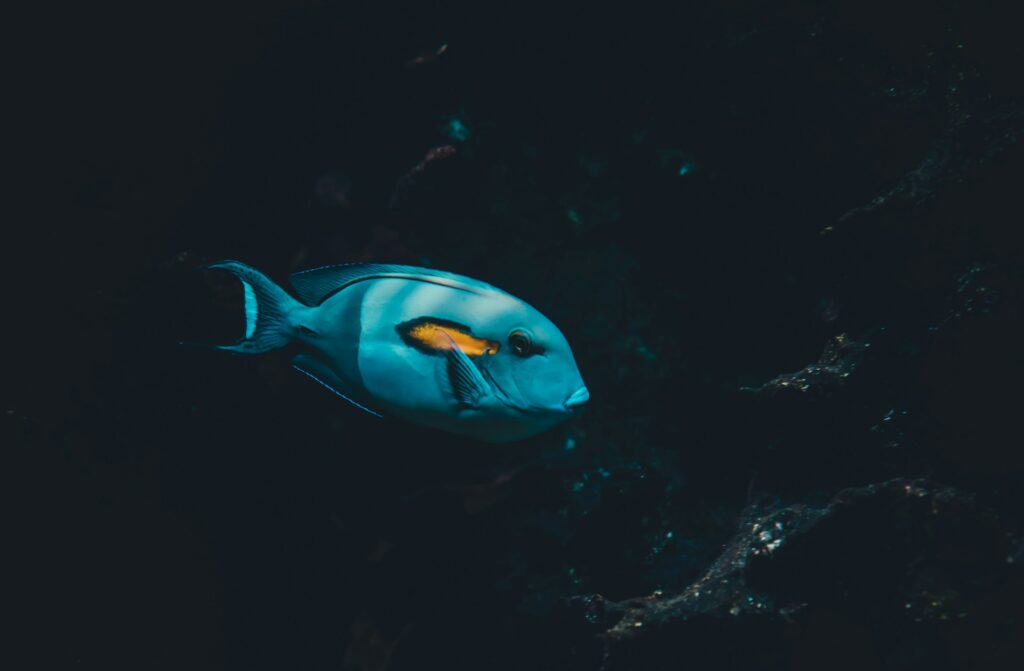
In the pitch-black ocean depths, where sunlight never reaches, many deep-sea creatures produce their own light through bioluminescence. Anglerfish, for example, use glowing lures to attract prey. Others use flashes to communicate, confuse predators, or attract mates. Some species even have counter-illumination, lighting up their bellies to match the faint light from above and disappear from view.
15. Bats use echolocation to see in the dark.
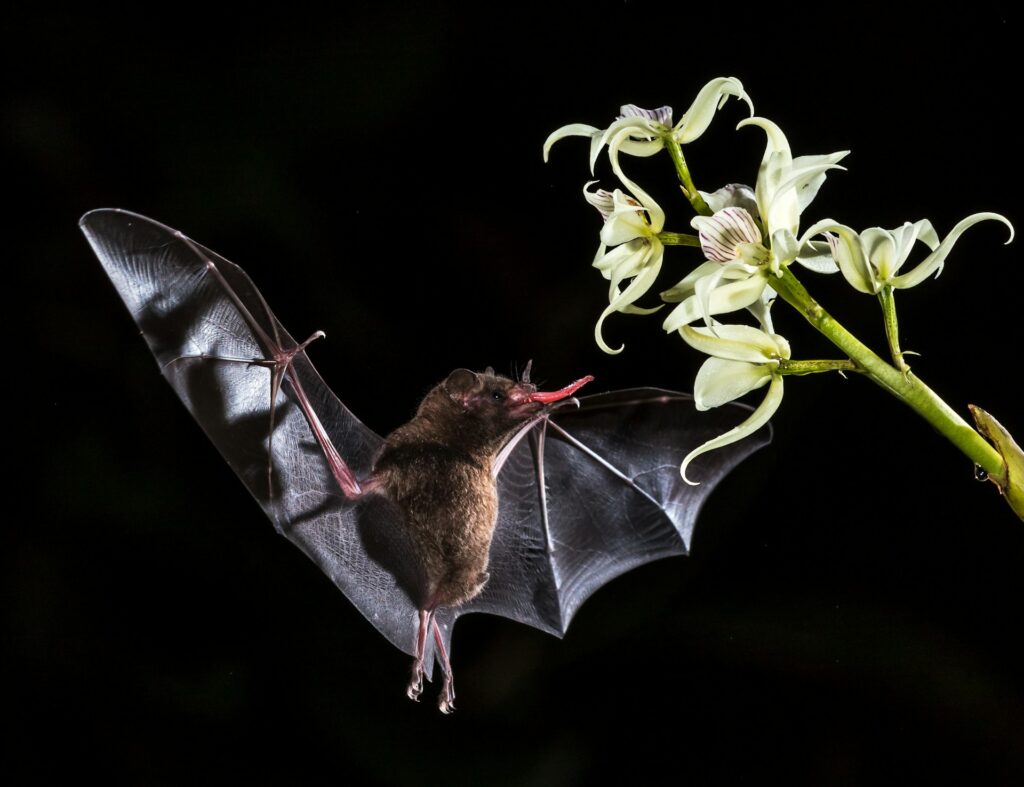
Bats have evolved a biological sonar system that allows them to ‘see’ through sound. By emitting high-frequency clicks and listening for the echoes, they can detect prey, navigate obstacles, and fly in total darkness. Their brains are finely tuned to interpret echo patterns in milliseconds, allowing for precise flight even at high speeds.
Adaptation is at the heart of survival, and evolution never stops tinkering.
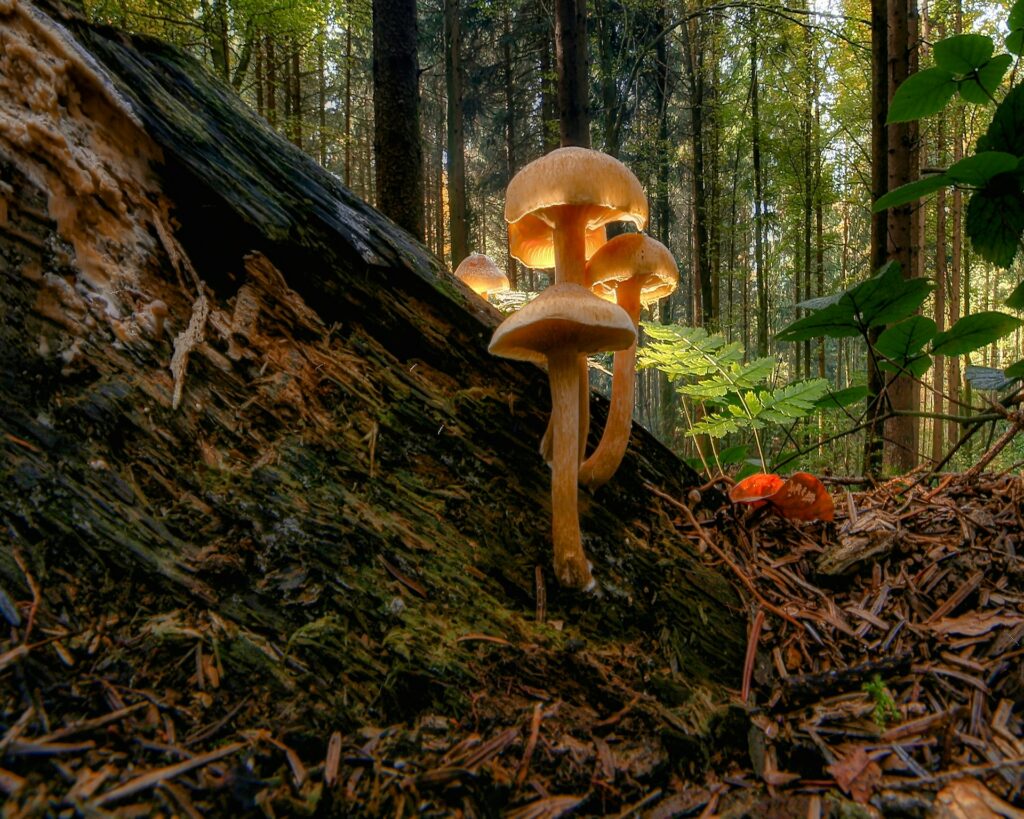
These animals (and many more!) show us just how inventive nature can be in the face of challenge. Whether it’s creating sonic booms, farming fungi, growing algae, or flying over the tallest mountain range on Earth, the natural world is filled with creatures that are built not just to survive, but to master their environments. It’s a reminder of what resilience really looks like, and how many ways there are to thrive in a constantly changing world.